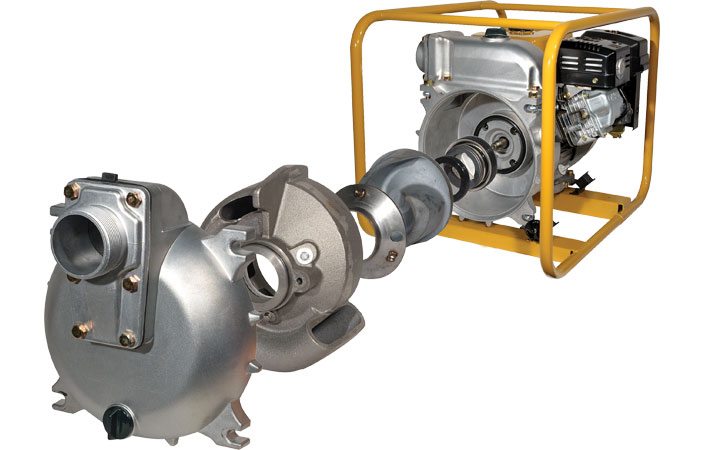What Trash Pumps Do, Their Importance, and Their Main Features

Fluids can only move on their own from a high-level area to a low-level area or from a high-pressure region to a region. Hence, aliquidwill require energy to move from bottom to top or from low-pressure to high-pressure. You can increase the power of the fluid by using a trash pump.
Trash Pumps
There are different types of pumps, and one type is centrifugal pumps, such as trash pumps. Of importance is thattrash pumps are suitable for handling large amounts of liquids that contain compact and soft solids, debris, and trash, such as leaves, pebbles, offshoots, and twigs. Trash pumps can operate on diesel, petrol, and electricity.
Essential Features of Trash Pumps
Trash pumps have unique features to efficiently transfer liquids laden with solids and debris in large quantities.
-
Impeller
Trash pumps are non-clog, and they use a rotating component of a centrifugal pump called the impeller. The impeller accelerates fluids outwards from the rotor, thus increasing the pressure and flow of the liquid. The increased pressure and flow of the fluid reduces the chances of clogging. The impeller does not grind the debris and other trash but leaves them intact and propels them out.
The impeller creates a liquid vortex in the casing, which directs all the solids, fibrous materials, and grit through the pump without grinding.
-
Strainer
Trash pumps have a filter at the inlet to prevent debris and other material more extensive than the pump’s capacity from entering. If materials that are larger than the capacity of the pumps enter, it may clog the pump. However, it’s crucial to ensure that the filter is always underwater.
-
Self-Priming
Trash pumps are self-priming. Priming is the removal of air and vapor from the pump and along the suction line. The process involves filling the pump with a liquid such as water that pushes air out replacing it with a fluid. If priming does not take place, no pumping will take place.
A self-priming pump ensures the priming chamber always has a liquid for priming. However, if the fluid is below safe levels, the floating switch fails to switch on. For manual priming, it’s essential to ensure you do priming before you start the engine.
-
Importance of Priming
For efficient performance of trash pumps, priming is essential. Priming removes air, gases, and vapor from the pump. The removal of gases ensures that the pump is not damaged. The gases within the pump can cause cavitation.
Priming is also crucial as the priming liquid also acts as a coolant. Therefore, the priming liquid prevents the trash pump from drying and overheating, thus protecting the trash pump from damages associated with high temperatures.
-
Cavitation in Trash pumps
Cavitation occurs when a liquid traps air at low-pressure points due to high speeds. At high fluid speed, the liquid traps air at low-pressure regions, and as the liquid moves to the high-pressure areas, the gases tend to implode. Cavitation, therefore, leads to corrosion, reduces pump performance, increases noise and vibration.
-
Adjustable speed pumps
Trash pumps have adjustable speeds; the operator can use high speed or low speed. However, starting the pump at high speed may trap air in the fluid and cause cavitation.
Conclusion
Trash pumps are essential since they can transport large volumes of liquids loaded with solids, debris, and other materials without grinding them or clogging the pump.These special abilities have helped transfer water laden with sand and silt that would otherwise be difficult. The ease of priming also ensures easy use of the pump, thus increasing efficiency. However, it’s essential to consider the appropriate speed when starting the trash pump to prevent cavitation.









